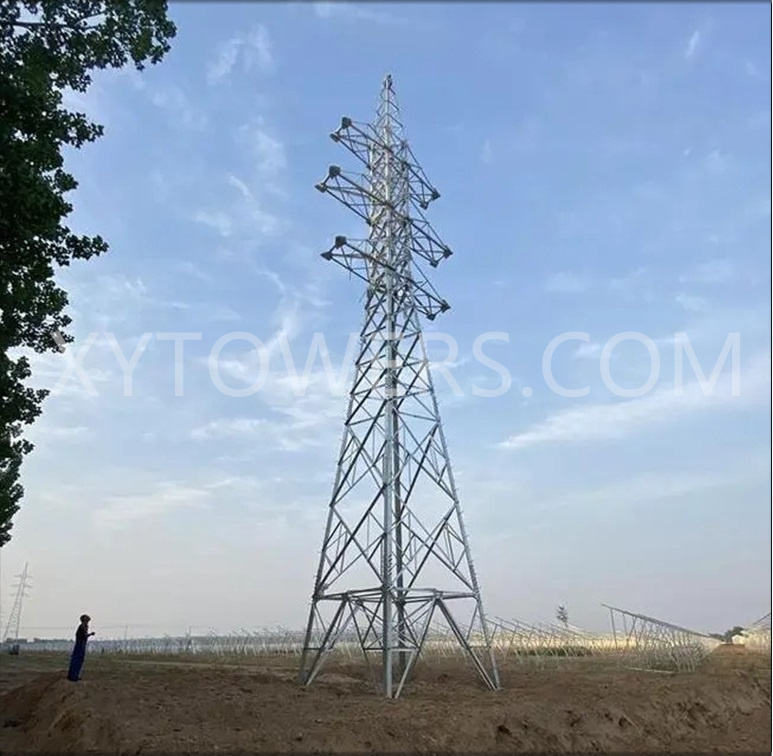Tower manufacturing refers to the production of towers using iron, steel, aluminum and other metals as the main materials for transmission lines, communications, radio and television, architectural decoration and other industries. The tower industry mainly includes the following categories of products: transmission line towers, microwave communication towers, television towers, decorative towers, wind power towers, electrified railway supports, etc. Since the main application areas of tower products are high-voltage and ultra-high-voltage transmission line construction and microwave communication network construction, tower products mainly include transmission towers and communication towers.

Power towers are structural projects used to support transmission lines or distribution lines. They mainly bear the weight of power equipment such as cables, insulators, and conductors of transmission lines or distribution lines, as well as resist the influence of external natural environmental factors. Wind load, ice load, etc. to ensure safe and stable operation of the power system.
In recent years, with the development of power grid construction, there are more and more high-voltage and high-current transmission towers, and the structures of transmission tower wire hanging points have become more and more complex, which has brought great difficulties to the power supply of transmission towers. Higher requirements have been put forward for the layout technology, processing technology and processing accuracy of tower manufacturing enterprises. With the acceleration of the construction of UHV and UHV power grids, the rapid development of the steel industry, the continuous improvement of steel structure design standards, the improvement of steel materials used in iron towers, and changes in market demand, tower products are gradually developing in a diversified and high-end direction. Due to the prominent development contradiction between energy supply and demand in my country, the development of UHV and UHV power transmission has become an inevitable requirement for large-scale long-distance power transmission in my country. This will inevitably lead to the application and promotion of UHV and UHV transmission line products (such as UHV transmission towers, UHV substation structures, etc.), and the industry has broad prospects for development. The future development trends are as follows:
1.Intelligent and digital trends. 1) Intelligent monitoring and maintenance: With the development of the Internet of Things and sensing technology, transmission towers can be equipped with various sensors to monitor structural health, temperature, wind speed and other parameters in real time. This helps detect problems in advance and perform preventive maintenance, improving the reliability and safety of the power system. 2) Digital design and simulation: Using advanced computer-aided design (CAD) and simulation technology, the design of transmission towers can be optimized, reducing material waste, improving structural efficiency, and reducing manufacturing costs.
2.High-voltage power transmission technology. In order to reduce energy loss and improve transmission efficiency, the power system may adopt higher voltage transmission lines, which will require higher strength and taller transmission towers.
3.Material and technological innovation. The introduction of new materials such as composite materials, high-strength steel, and polymers can reduce the weight of the tower, improve strength and durability, and reduce maintenance costs. At the same time, extreme weather events caused by climate change require transmission towers to have stronger wind, snow, and earthquake resistance to ensure system reliability, resulting in more complex design and manufacturing.
Post time: Jul-19-2024





